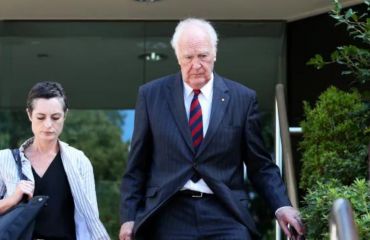
Media Statement by Fiona Patten MP
Victoria is facing an exponential increase in homelessness over the next two decades unless it acts immediately to cut the number of young people currently experiencing the crisis.
Experts in youth housing say that Victoria needs to create five thousand homes in five years for young people to avert the tragedy of many more people sleeping in doorways and in alleyways in Melbourne and regional cities.
The government’s tender for building properties for young people closed in March with only $50 million being made available – even though tenders for $150 million were received.
Why is the government just sitting on these tenders? It needs to approve them now and get moving. We are in a crisis and there are solutions sitting on the minister’s desk.
In the Parliament’s March 2021 Inquiry into Homelessness there were numerous recommendations to reduce youth homelessness.
The government has ignored them and has not responded to the report despite being required to within six months.
If a young person is homeless now, it increases their chances of being homeless as an adult. The government needs to commit now to start that $50 million building program even though it is woefully inadequate.
The government has committed just one per cent of the $5.3 billion of housing investment in its 2020 budget for youth housing. Almost one in five people accessing homelessness services are between 18 and 24.
Around six thousand young people experience homelessness on any given night in Victoria. They are only 16 per cent of the total population but account for more than a quarter of the state’s homeless.
This means they are nearly twice as likely to experience homelessness than any other age group. As many as 70 per cent of young people looking for housing right now are not finding it.
The Parliamentary inquiry heard that young people who become homeless and do not receive timely support are more vulnerable to mental ill-health, substance misuse, crime, violence, and victimisation.
Prolonged youth homelessness is also a powerful predictor of a lifetime of episodic homelessness.
Victoria needs an overarching plan for youth housing. Scotland and many other jurisdictions of comparable size are far more ambitious in their housing targets.
Despite the government’s commitment to a “big build’’, the target for social housing is inadequate and will leave us behind all other states.
Addressing youth homelessness is an absolute social and economic priority – not doing so not only denies these people a home but the opportunity of education and employment and leaves them forever vulnerable to being homeless.



